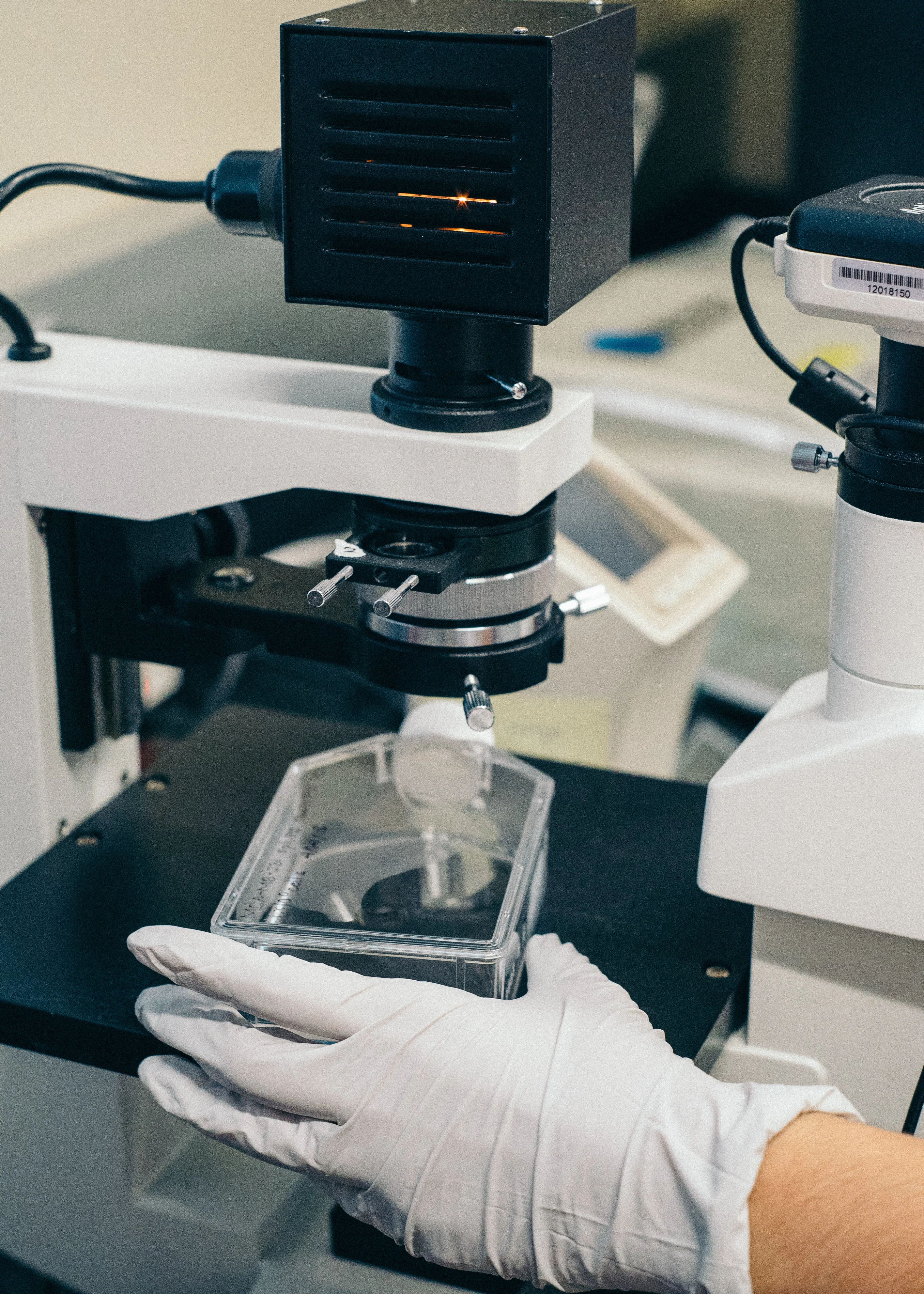
ACRONYM: NanoHybrid
Low Value Bio-based Feedstock to High Added Value Functional Nano-Materials via a Hybrid Biorefinery Concept
The NanoHybrid project aims to convert forestry and agricultural waste streams to high added value materials and additives such as nanocellulose and activated carbons. Nanocellulose is a key high value product in the emerging market of biodegradable, green polymers due to its distinctive physical and chemical properties including excellent mechanical strength, high aspect ratios, high surface reactivity, low density and self-assembling properties.
Some examples of nanocellulose products applications are:
- In electronics as lithium ion batteries, supercapacitors, solar cells
- Specialty filters for water filtration, blood purification
- Highly porous ultra-lightweight aerogel foams for health care products
- Lightweight high tensile strength products for weight reduction applications
- Additives in adhesives, paints, emulsifiers, plastics and biodegradable matrices with special uses in the packaging sector
- Additives in paper to increase its mechanical strength, reduce its weight and increase its printability
Low Value Bio-based Feedstock to High Added Value Functional Nano-Materials via a Hybrid Biorefinery Concept

Activated Carbons
On the other hand, activated carbons are versatile materials with unique properties, such as high surface areas and mechanical strength, and have a multitude of applications:
In air and gas purification.
In water filtration for the removal of harmful organic compounds, heavy metals.
In soil remediation
In catalysis as substrate for novel catalytic materials
In electrochemical energy storage applications.


Cellulose
The cellulose-rich solid fraction will be subjected to fine-tuned saccharification with tailored mixtures of commercial and recombinant enzymes for the removal of amorphous areas, leaving back highly crystalline nanostructures.
Hemicellulose
The sugars derived from the cellulose hydrolysis will be utilized, along with the hemicellulose sugars recovered from the aqueous liquid fraction for bacterial nanocellulose (BNC) in an integrated process.


Lignin
The recovered lignin oligomers will be converted to high surface activated carbons with tailored pore size distribution and surface area.


Objectives
The overall aim of the Nanohybrid project is to upgrade low-value residual products from different types of biomass waste streams into value-added bio-based materials. Novel conversion technologies will be applied with special emphasis on thermochemical and enzymatic/fermentative valorization of waste streams commonly found in Greece, such as agricultural residues of corn stover, cotton stalks and others. The project will be carried out by merging key competence and researchers from three academic groups from different disciplines, one focused on thermochemical catalytically assisted processes and the other on biological conversion.
Get Quick Support
Request a Call Back
Please contact us for more information
Call Us Now
Address
University of Western Macedonia, Kozani ZEP area, 50100, Kozani, Greece
Latest Blog
News & Updates
News







